Test measures children’s ability to distinguish between faces
An adaptation of a test for facial recognition makes it easier to chart children’s ability to remember faces.
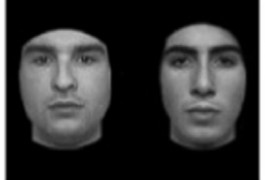
An adaptation of a test for facial recognition makes it easier to chart children’s ability to remember faces.
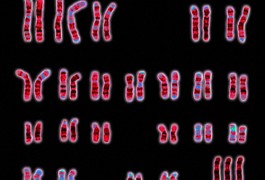
Girls and boys born with an extra X chromosome both tend to have difficulties understanding the minds of others, but for different reasons than children with autism do, according to a study published 22 March in Genes, Brain and Behavior.
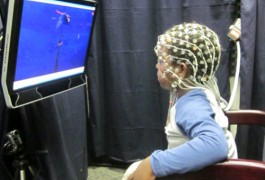
Some children with autism have trouble learning visual patterns, and others employ a distinctive brain process to do so, suggests a study published 13 May in Developmental Science.
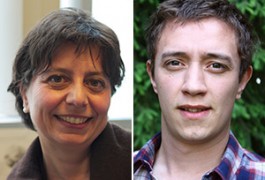
The common belief that people with autism look at people’s mouths instead of their eyes is inaccurate and has little evidence, say Nouchine Hadjikhani and Quentin Guillon.

Genetic variants in a receptor for the hormone oxytocin may contribute to the range of social skills seen in individuals with and without autism, suggests a study published 4 February in the Proceedings of the National Academy of Sciences.
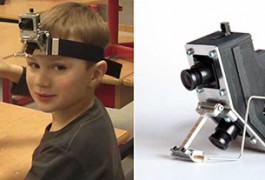
A lightweight eye-tracking system allows researchers to record the shifts in gaze that naturally occur during playtime, reports a study published 20 November in Frontiers in Psychology.

Three studies published over the past two months have found significant evidence that children and adolescents with autism have brains that are overly connected compared with the brains of controls. The findings complicate the theory that autism is fundamentally characterized by weakly connected brain regions.
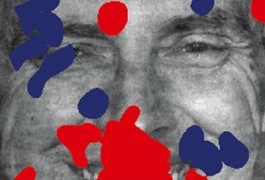
A subset of neurons in the amygdala is dedicated to recognizing eyes. But in people with autism, they may respond instead to the mouth, according to a report published 20 November in Neuron.
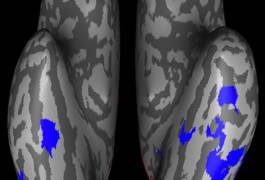
Conventional wisdom about how men and women process images of faces may be wrong, with significant implications for autism research, suggests an analysis of unpublished brain imaging data presented at the 2013 Society for Neuroscience annual meeting in San Diego.
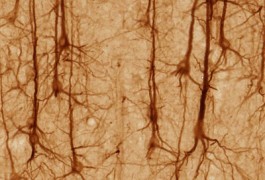
Three decades of research on anatomical changes in the brains of individuals with autism has yielded few if any consistent patterns. The field needs an overhaul of the methods used, researchers said at a symposium Wednesday at the 2013 Society for Neuroscience annual meeting in San Diego.